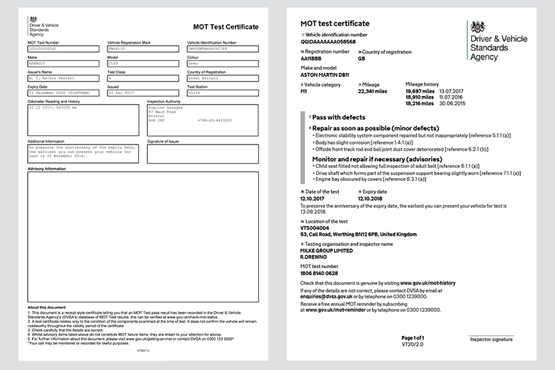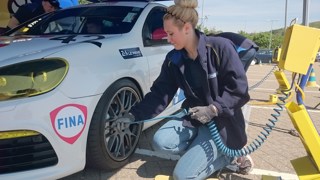The MOT test will change on May 20 in England, Scotland and Wales, with new defect types, stricter rules for diesel car emissions, and some vehicles over 40 years old becoming exempt.
The changes will affect cars, vans, motorcycles and other light passenger vehicles. There are five main changes in the rules.
1 Defects will be categorised differently
Defects found during the MOT will be categorised as either: dangerous, major or minor. The category the MOT tester gives each item will depend on the type of problem and how serious it is. MOT testers will still give advice about items you need to monitor. These are known as ‘advisories’.
What the new categories mean
| Item result | What it means about the item | How it affects your MOT result |
|---|---|---|
| Dangerous | A direct and immediate risk to road safety or has a serious impact on the environment. Do not drive the vehicle until it’s been repaired. |
Fail |
| Major | It may affect the vehicle’s safety, put other road users at risk or have an impact on the environment. Repair it immediately. |
Fail |
| Minor | No significant effect on the safety of the vehicle or impact on the environment. Repair as soon as possible. |
Pass |
| Advisory | It could become more serious in the future. Monitor and repair it if necessary. |
Pass |
| Pass | It meets the minimum legal standard. Make sure it continues to meet the standard. |
Pass |
2 Stricter rules for diesel car emissions
There will be stricter limits for emissions from diesel cars with a diesel particulate filter (DPF).
A vehicle will get a major fault if the MOT tester: can see smoke of any colour coming from the exhaust; finds evidence that the DPF has been tampered with.
3 Some new things will be included in the MOT
Some new items will be tested during the MOT.
They include checking:
- If tyres are obviously underinflated
- If the brake fluid has been contaminated
- For fluid leaks posing an environmental risk
- Brake pad warning lights and if brake pads or discs are missing
- Reversing lights on vehicles first used from September 1 2009
- Headlight washers on vehicles first used from September 1 2009 (if they have them)
- Daytime running lights on vehicles first used from March 1 2018 (most of these vehicles will have their first MOT in 2021 when they’re 3 years old)
4 The MOT certificate will change
The design of the MOT certificate will change. It will list any defects under the new categories. The service to check the MOT history of a vehicle will be updated to reflect the changes.
The current MOT test certificate (left) will change to a new style (right) to list the new types of defects.
 5 Some vehicles over 40 years old won’t need an MOT
5 Some vehicles over 40 years old won’t need an MOT
Cars, vans, motorcycles and other light passenger vehicles won’t need to have an MOT if they are more than 40 years old and have not been substantially changed.
At the moment, only vehicles first built before 1960 are exempt from needing an MOT. When the rules change on May 20, vehicles won’t need an MOT from the 40th anniversary of when they were registered.


















Login to comment
Comments
No comments have been made yet.